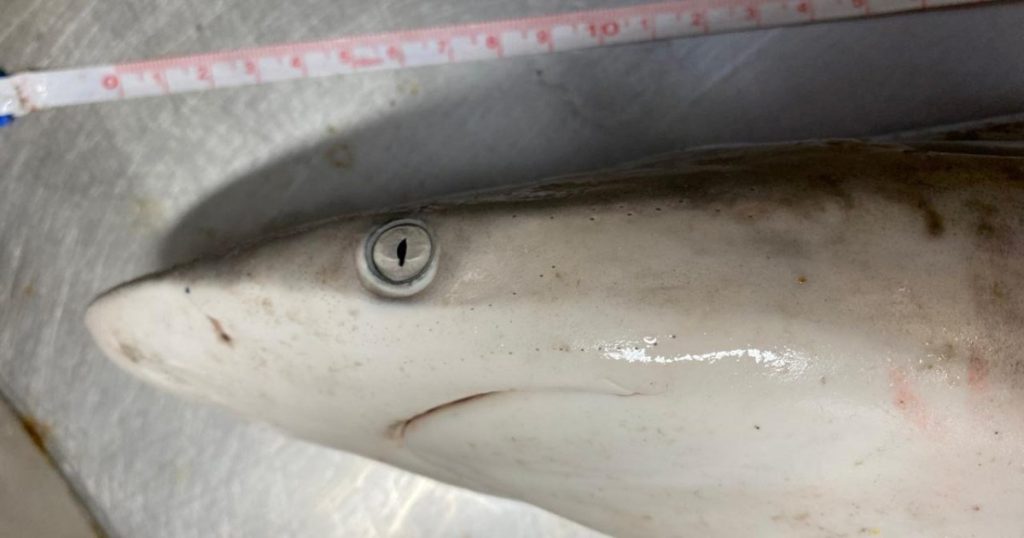Researchers at the Oswaldo Cruz Foundation in Rio de Janeiro recently discovered that thirteen Brazilian sharpnose sharks caught off the coast of Rio de Janeiro tested positive for cocaine. High levels of cocaine were found in both the muscles and livers of the sharks, along with the byproduct benzoylecgonine. The study also revealed that five of the sharks were pregnant and all thirteen had been captured from fishing boats in the state of Rio de Janeiro from September 2021 to August 2023. The concentration of cocaine in these sharks was more than 100 times higher than in any other aquatic animals previously reported.
The study attributes the high levels of cocaine in sharks to the rise in cocaine use in the region, coupled with inadequate drainage systems that lead to higher quantities of cocaine present in seawater. The United Nations World Drug Report highlighted the exponential increase in global cocaine consumption in recent decades, with Brazil emerging as the second largest consumer market in South America. Sewage analysis has consistently shown the presence of cocaine in aquatic environments. These factors are believed to have contributed to the contamination of marine life, such as the sharks that tested positive for cocaine.
In a previous study conducted in the Florida Keys, marine biologists explored the effects of cocaine on sharks in contact with drug smuggling activities. The documentary “Cocaine Sharks” followed the efforts of researchers to understand the impact of sharks coming into contact with bales of cocaine dumped from planes off the Florida coastline. There were concerns among fishermen regarding drug traffickers dumping cocaine into the sea from boats or aircraft to evade law enforcement. The documentary also highlighted incidents of drug traffickers dumping illegal drugs into the sea as a means of avoiding detection.
The effects of cocaine on sharks physiologically remain unclear, with experts suggesting that it may act as an anaesthetic in sharks, while being a stimulant in humans. Studies have shown that cocaine affects fish differently than it does humans, with zebrafish accumulating cocaine in their eyes rather than their brains. Researchers emphasize the need for a better understanding of how chemicals like cocaine affect the ecosystem through uptake in water. The presence of cocaine in rivers and seawater has also been shown to impact various species of fish, with eels exhibiting hyperactive behavior when exposed to the drug in a study conducted in 2018.
Another study conducted in Brazil in 2021 found widespread contamination by cocaine and its byproduct benzoylecgonine in Santos Bay, with mussels accumulating cocaine as a result. This highlights the broader issue of drug contamination in marine environments and its potential effects on marine life. The implications of this research extend beyond the sharks in Rio de Janeiro, raising concerns about the impact of recreational drug use on aquatic ecosystems and the need for further studies to understand the full extent of the problem. Addressing the issue of drug contamination in marine environments requires a holistic approach that considers the environmental consequences of human activities on marine life.


